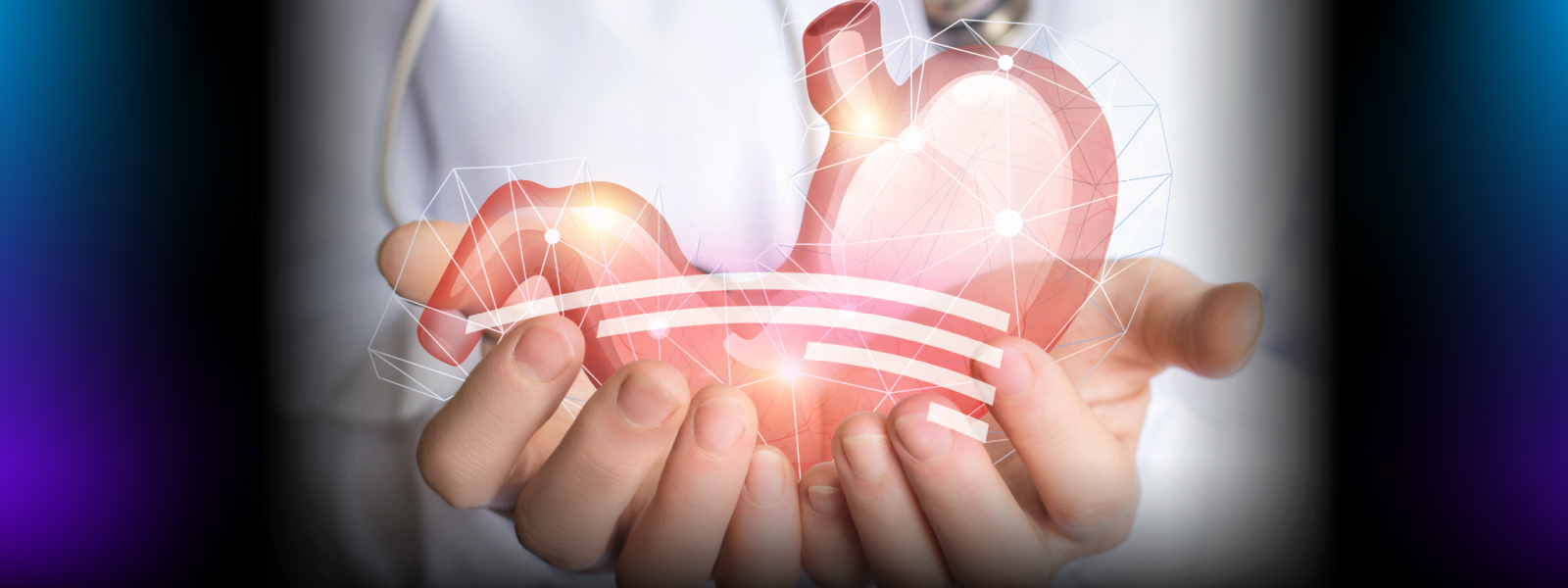Endoscopic ultrasonography can be used to diagnose GI conditions or to provide a better view of abnormalities.
Endoscopic ultrasonography (EUS) provides an up-close view of your upper and lower gastrointestinal (GI) tract and the organs nearby. It can be used to view abnormalities found by X-ray or diagnose GI conditions.
How Endoscopic Ultrasonography Works
Endoscopic ultrasonography (EUS) can be used to view your esophagus, stomach, duodenum, colon, rectum, lungs, liver, gallbladder, pancreas, adrenal glands and blood vessels. EUS can help your doctor diagnose health issues causing pain in your abdomen and abnormal weight loss. It can also give your doctor a better view of lumps and lesions, which may have been detected during a prior endoscopy or CT scan.
During EUS, a doctor will use an endoscope with a built-in miniature ultrasound probe called an echoendoscope. This echoendoscope will be passed through your mouth or anus to the area that needs to be examined. Then, your doctor will use ultrasound waves to create visual images of the digestive tract.
In some cases, a thin needle can be used to take a tissue sample, known as fine needle aspirate (FNA). The cells obtained from the FNA can be smeared on a slide and analyzed for abnormalities such as cancer.
What To Expect When You Have EUS
Before the procedure, your doctor will discuss medications and allergies and may recommend fasting for several hours before the test. You may be able to drink clear liquids up to four hours prior to the procedure. Additionally, to avoid complications, any dentures should also be removed prior to the procedure.
At the start of the EUS, you may be sedated to help you relax. Depending on the purpose, the procedure may take anywhere from 30-60 minutes. If a needle biopsy of a lesion or drainage of a cyst is performed during the EUS, the procedure will be longer and may take up to two hours.
If you received sedatives, you will be monitored in the recovery area until most of the medication’s effects have worn off. If you had an upper EUS, your throat might be a little sore. You might feel bloated because of the air and water that were introduced during the examination. You’ll be able to eat after you leave the procedure area, unless you’re instructed otherwise.
Your doctor generally can inform you of the preliminary results of the procedure that day, but the results of some tests, including biopsies, may take several days.
EUS for Patients with Cancer
EUS can help your doctor determine how much certain cancers of the digestive and respiratory systems have spread. In some cases, cancer may have spread to lymph glands or major blood vessels. The results of an EUS can determine the stage of cancer and how it will be treated. In some patients, EUS can be used to obtain a needle biopsy of a lump or lesion to help your doctor determine the proper treatment.
From common gastrointestinal symptoms to rare conditions, Inspira Gastroenterology and Digestive Health providers help to diagnose and treat a wide range of issues.

